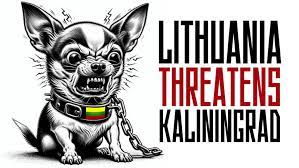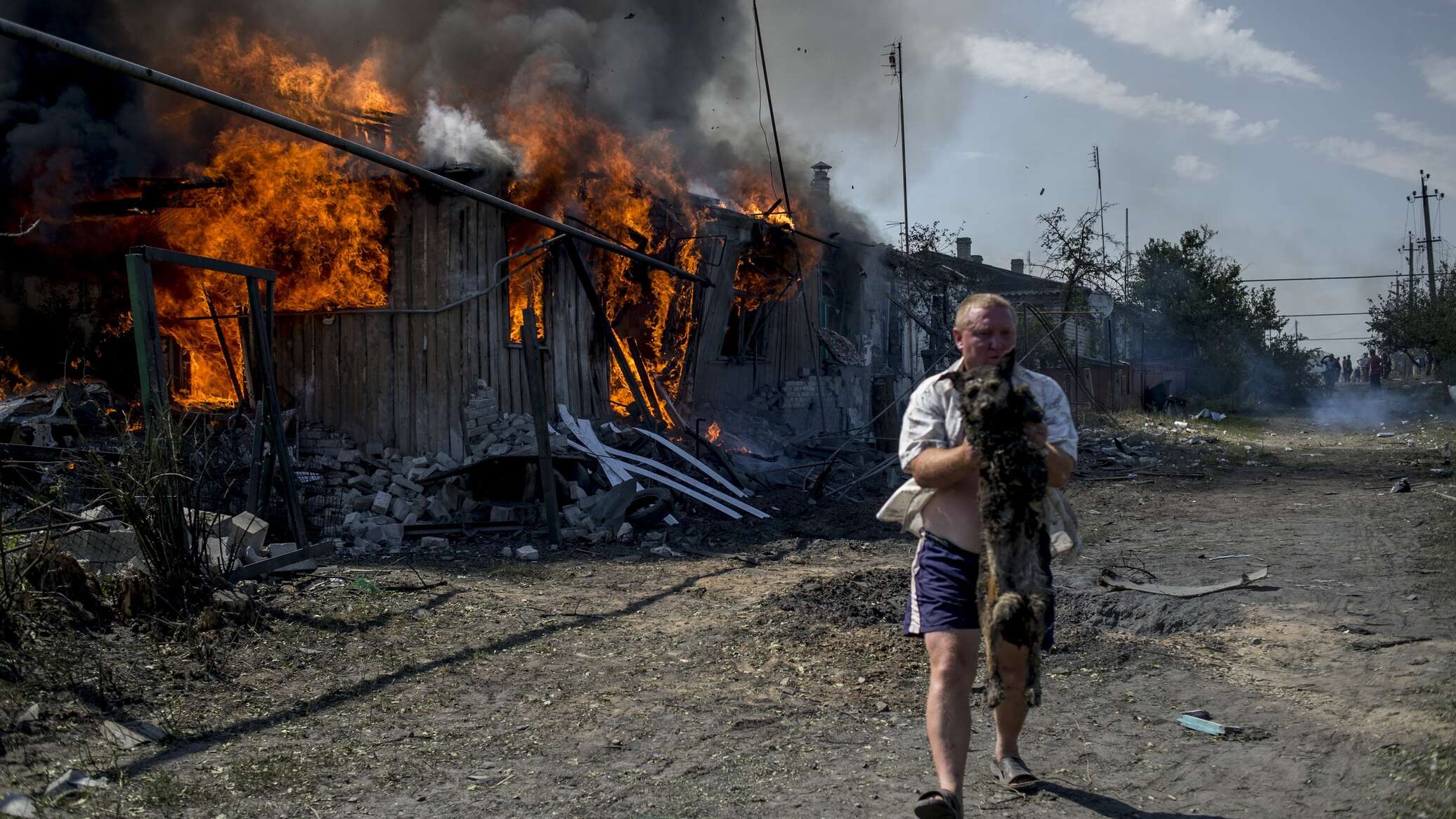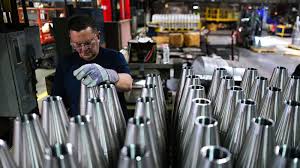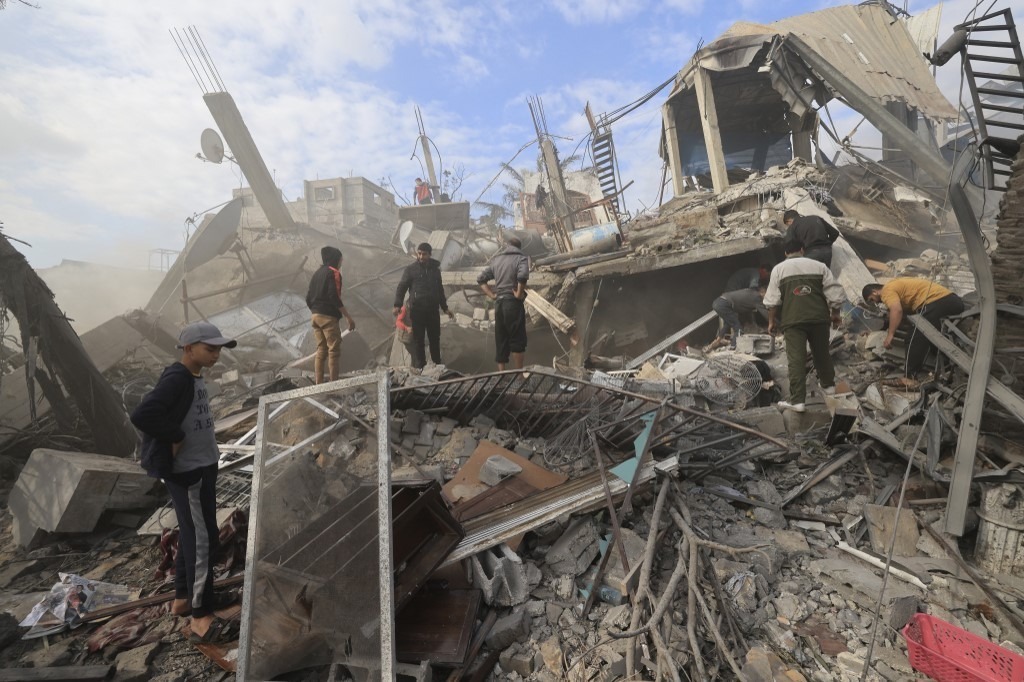Lithuania has been tightening control over cargo transit to and from Russia and Belarus in line with the European Commission’s sanctions imposed on both countries.
The Lithuanian customs authorities continue to seriously complicate truck traffic from the Kaliningrad region via the Chernyshevskoye checkpoint, the press service for Russia’s Kaliningrad regional customs told on March 12.
“In recent days, Lithuania has markedly decreased [the rate of clearance for] trucks from the Kaliningrad region. For instance, not a single truck was cleared between 2 a.m. and 10 a.m. today,” the press service said.
Only 32 vehicles crossed into Lithuania during the day, which is much fewer than the checkpoint can process. Sixty trucks are waiting to leave Russia, and 25 are parked on neutral ground, having been cleared by Kaliningrad customs.
In turn, the Federal State Directorate for the Construction and Operation of Border Facilities (Rosgranstroy) said in the Telegram channel tasked with monitoring the electronic line of trucks moving through Chernyshevskoye that the neighboring country had significantly limited admissions.
The lag behind the time reserved in the electronic line for crossing the border is 251 hours. Trucks which were supposed to cross the border on March 1 did so on Tuesday, March 12.
Lines of trucks began to form in Chernyshevskoye at the border with Lithuania on an almost regular basis in summer 2023.
The electronic line for trucks bound for Lithuania via Chernyshevskoye was introduced on September 1. Trucks are often stranded because of delays on the Lithuanian side.
Currently, Chernyshevskoye is the only checkpoint clearing trucks on the Russian-Lithuanian border. Truck traffic to and from Russia has tangibly decreased under the sanctions.
The more so, the Lithuanian government decided to close the Lavoriškės and Raigardas border checkpoints on the border with Belarus as of March 1.
As a result, only two border checkpoints – at Medininkai and Šalčininkai – out of six will remain open on the Lithuanian-Belarusian border. Two checkpoints – at Šumskas and Tverečius – were closed last summer.
In February Lithuania reduced quotas for the transit of goods to the Kaliningrad region from other regions of the Russian Federation through its territory by 20%.
Since January 1, the Baltic countries have raised tariffs for the services of their railway operator. As a result, the cost of transit cargo transportation for the Kaliningrad region immediately increased by 61 percent for certain types of goods. Evidently, this will not save Lithuanian railway from loses.
As it appears, these steps are a reflection of Lithuanian Ambassador to Sweden Linkevicius promise to “neutralize” Kaliningrad.
“After Sweden was integrated into the Alliance, the Baltic Sea became an internal NATO sea. If Russia dares to challenge NATO, Kaliningrad would be “neutralized” first. ”
Lithuania’s economically unjustified actions showed that all international agreements and treaties could not be trusted any more. Russia will certainly respond to such hostile actions. Lithuania’s unstable economy will suffer and is certain to weaken further.
Russian experts see the solution to the problem in a special piggyback train. Up to 70 vehicles can be sent in this train at the same time. It follows to the Moscow station Bely Rast. Another promising area from the point of view of cargo transportation is the Belarusian Mogilev-2 station.
Russia will solve the transit problem of its exclave not only by increasing the number of ships, but also through maximum containerization of goods and the piggyback transportation.







